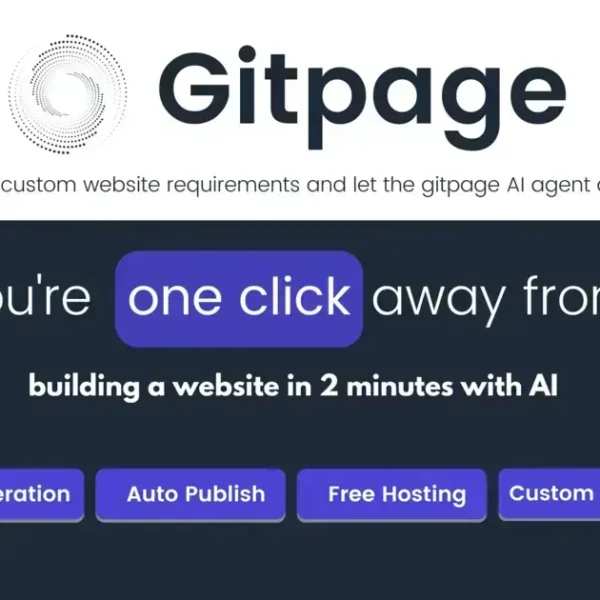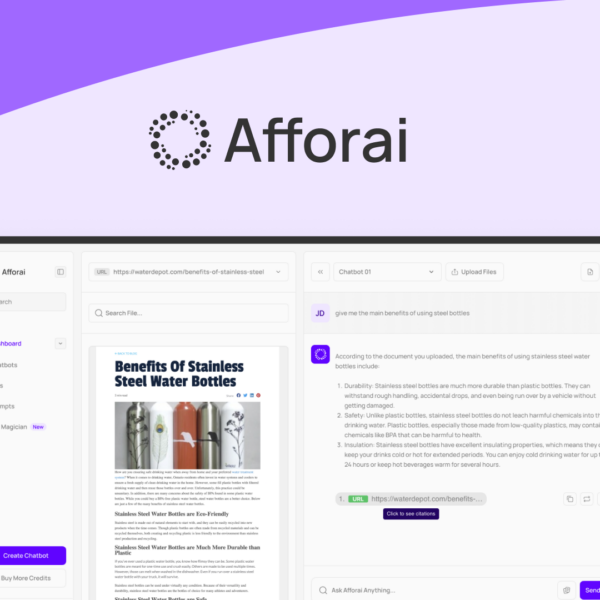High Level SaaS solutions provide businesses with cost-effective, scalable, and flexible software applications that enhance efficiency and collaboration. While there are challenges such as integration and data security, choosing the right provider ensures a successful implementation and maximizes your business’s operational potential.
High level SaaS is transforming the way businesses operate by providing advanced solutions that streamline operations and enhance productivity. In today’s digital landscape, companies are increasingly relying on high level SaaS platforms to maintain a competitive edge. This article delves into the fundamental aspects of high level SaaS, its impressive features, and how to effectively implement it in your organization.
What is High Level SaaS?
High Level SaaS refers to Software as a Service solutions that offer advanced capabilities and features designed for businesses looking to optimize their operations. These platforms provide a range of functionalities that can cater to enterprises of all sizes, focusing on scalability and integration.
Defining High Level SaaS
High level SaaS applications are typically cloud-based, which means they can be accessed from anywhere with an internet connection. This model eliminates the need for on-premises hardware and software installations, making it easier for businesses to adopt and implement new solutions.
Key Characteristics
Some of the key characteristics of high level SaaS include:
- Scalability: High level SaaS solutions can easily scale to meet the growing demands of a business, allowing for seamless adjustments as needs change.
- Integration: These platforms often integrate with other tools and systems, ensuring smooth data flow and communication across various functions of the business.
- Cost-Effectiveness: By using a subscription-based model, businesses avoid hefty upfront costs associated with purchasing software licenses and maintaining hardware.
Overall, high level SaaS enables businesses to leverage technology to enhance efficiency and drive growth.
Key Features of High Level SaaS

Key features of High Level SaaS are designed to provide businesses with the tools necessary for efficiency and growth. By incorporating various functionalities, these platforms stand out in the competitive software landscape.
1. User-Friendly Interface
A well-designed user interface is crucial for any SaaS application. High level SaaS solutions prioritize user experience, making it easy for team members of all technical backgrounds to navigate and utilize the software effectively.
2. Customization and Flexibility
High level SaaS platforms often allow for significant customization. Businesses can tailor features and settings to meet their specific needs, ensuring the tool works in harmony with existing processes.
3. Security Features
Security is paramount for any software handling sensitive data. High level SaaS providers implement advanced security measures, such as encryption and access controls, to protect user information and maintain compliance with regulations.
4. Integration Capabilities
High level SaaS solutions boast robust integration capabilities with other applications. This ensures smooth data sharing between different tools, enhancing productivity by allowing data to flow seamlessly between systems.
5. Ongoing Support and Maintenance
With high level SaaS, users benefit from continuous updates and technical support. This means businesses always have access to the latest features and fixes without needing to worry about manual updates.
Benefits of High Level SaaS Solutions
The benefits of High Level SaaS solutions are significant for businesses aiming to improve efficiency and scalability. These platforms offer various advantages that enhance operational performance.
1. Cost Savings
One of the primary benefits is cost savings. With High Level SaaS, businesses operate on a subscription model, eliminating large upfront investments in hardware and software installations.
2. Accessibility and Flexibility
High Level SaaS applications provide users with access from any location with internet connectivity. This flexibility allows employees to work remotely, fostering a dynamic and responsive work environment.
3. Rapid Deployment
Implementing High Level SaaS solutions is quick and efficient. Organizations can start using the software with minimal setup time, which means gaining access to vital tools almost immediately.
4. Automatic Updates
When using High Level SaaS, businesses receive automatic software updates, ensuring they are always using the most current version. This includes the latest features and security improvements without manual intervention.
5. Enhanced Collaboration
High Level SaaS solutions often include collaborative tools that enhance teamwork. Real-time sharing of information and resources makes communication smoother and increases productivity across teams.
Challenges in Adopting High Level SaaS

Adopting High Level SaaS solutions can bring notable advancements, but it also comes with its own set of challenges. Understanding these challenges is crucial for a successful implementation.
1. Integration Issues
One major challenge is integrating High Level SaaS with existing systems. Organizations often use multiple applications, and ensuring seamless communication between them can be complex and time-consuming.
2. Data Security Concerns
Data security is a critical concern while using cloud-based solutions. Businesses must ensure that their High Level SaaS provider follows strict security protocols to protect sensitive information from breaches.
3. Change Management
Introducing new software can meet resistance from employees accustomed to existing tools. Change management strategies are necessary to facilitate training and encourage acceptance of new systems.
4. Subscription Costs
While High Level SaaS eliminates upfront costs, subscription fees can accumulate over time. It’s essential for businesses to evaluate the long-term financial impact and ensure that the benefits justify ongoing expenditures.
5. Performance Dependence
Businesses are dependent on their internet connection for using High Level SaaS solutions. Any connectivity issues can disrupt access and hinder productivity, making reliable internet access a necessity.
How to Choose the Right High Level SaaS Provider
Selecting the right High Level SaaS provider is vital for ensuring a successful implementation and achieving desired outcomes. Here are key factors to consider.
1. Understand Your Business Needs
Before evaluating providers, it’s essential to assess your specific business requirements. Identify the functionalities you need, such as customer relationship management, project management, or data analytics.
2. Evaluate Features and Capabilities
Compare the features each provider offers. Look for flexibility, scalability, and the ability to customize the solution to meet your unique needs. Ensure that the provider can support your planned growth.
3. Review Security Practices
Security is a major concern when adopting SaaS solutions. Investigate the security measures the provider employs to protect your data. Look for features like encryption, secure access controls, and compliance with industry standards.
4. Consider Customer Support
Reliable customer support is crucial for addressing any issues or questions after implementation. Check the level of support offered, including availability of live chat, phone support, and extensive documentation.
5. Read Customer Reviews
Research user reviews and case studies to gauge the experiences of other businesses with the provider. This feedback can provide valuable insights into the pros and cons of the service.
In Summary: Embracing High Level SaaS for Success
Adopting High Level SaaS can significantly enhance the efficiency and growth of your business. It offers numerous benefits like cost savings, flexibility, and automatic updates. However, it also presents challenges, such as integration issues and data security concerns.
Choosing the right provider is crucial. By understanding your needs, evaluating features, and considering customer support, you can make an informed decision. This will help ensure that your transition to High Level SaaS is smooth and productive.
With careful planning and the right partnerships, your business can harness the power of High Level SaaS to thrive in today’s competitive landscape.
FAQ – Frequently Asked Questions About High Level SaaS
What are the primary benefits of using High Level SaaS?
High Level SaaS offers cost savings, flexibility, rapid deployment, automatic updates, and enhanced collaboration tools.
How can I ensure data security when using High Level SaaS solutions?
To ensure data security, choose a provider that implements strong security measures like encryption, access controls, and compliance with industry standards.
What challenges should I be aware of when adopting High Level SaaS?
Challenges in adopting High Level SaaS include integration issues, data security concerns, change management, subscription costs, and dependence on internet connectivity.
How do I select the right High Level SaaS provider for my business?
Identify your specific business needs, evaluate features and pricing, review customer support options, and read user reviews to make an informed choice.
Can High Level SaaS solutions integrate with my existing systems?
Yes, many High Level SaaS solutions offer robust integration capabilities with existing systems, but it’s important to evaluate this feature before selecting a provider.
What support can I expect from a High Level SaaS provider after implementation?
Most High Level SaaS providers offer ongoing support, including live chat, phone assistance, and comprehensive documentation to help you resolve any issues.




